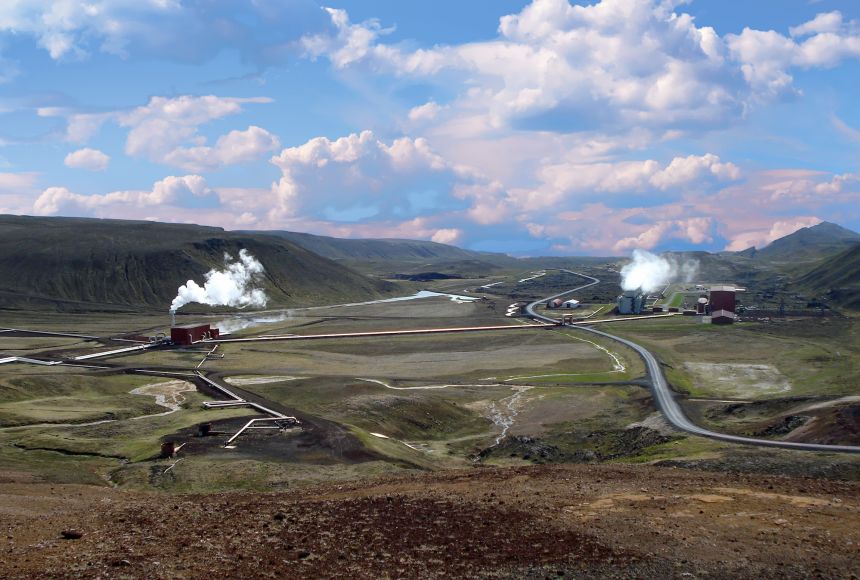When it comes to energy resources, there is always the question of sustainability. It is important that resources provide enough energy to meet our needs—to heat our houses, power our cities, and run our cars. However, it is also important to consider how these resources can be used long term. Some resources will practically never run out. These are known as renewable resources. Renewable resources also produce clean energy, meaning less pollution and greenhouse gas emissions, which contribute to climate change.
The United States’ energy sources have evolved over time, from using wood prior to the 19th century to later adopting nonrenewable resources, such as fossil fuels, petroleum, and coal, which are still the dominant sources of energy today. But Earth has a limited supply of these resources. Recently, renewable resource use has begun to increase. According to the U.S. Environmental Protection Agency, 11 percent of the nation's energy consumption came from renewable resources in 2017.
There are some challenges associated with using renewable resources. For instance, renewable energy can be less reliable than nonrenewable energy, with seasonal or even daily changes in the amount produced. However, scientists are continually addressing these challenges, working to improve feasibility and reliability of renewable resources.
Renewable resources include biomass energy (such as ethanol), hydropower, geothermal power, wind energy, and solar energy.
Biomass refers to organic material from plants or animals. This includes wood, sewage, and ethanol (which comes from corn or other plants). Biomass can be used as a source of energy because this organic material has absorbed energy from the Sun. This energy is, in turn, released as heat energy when burned.
Hydropower is one of the oldest renewable resources and has been used for thousands of years. Today, every U.S. state uses some amount of hydroelectricity. With hydropower, the mechanical energy from flowing water is used to generate electricity. Hydroelectric power plants use the flow of rivers and streams to turn a turbine to power a generator, releasing electricity.
Geothermal energy comes from the heat generated deep within Earth’s core. Geothermal reservoirs can be found at tectonic plate boundaries near volcanic activity or deep underground. Geothermal energy can be harnessed by drilling wells to pump hot water or steam to a power plant. This energy is then used for heating and electricity.
Wind energy generates electricity by turning wind turbines. The wind pushes the turbine’s blades, and a generator converts this mechanical energy into electricity. This electricity can supply power to homes and other buildings, and it can even be stored in the power grid.
Radiation from the sun can be used as a power source as well. Photovoltaic cells can be used to convert this solar energy into electricity. Individually, these cells only generate enough energy to power a calculator, but when combined to create solar panels or even larger arrays, they provide much more electricity.
Searching for the right method of using renewable resources is a task that is growing ever more important as Earth’s supply of nonrenewable resources continues to dwindle. Converting to renewable energy will not only better sustain the world’s rapidly growing population, but it will also provide a cleaner, healthier environment for the generations to come.
